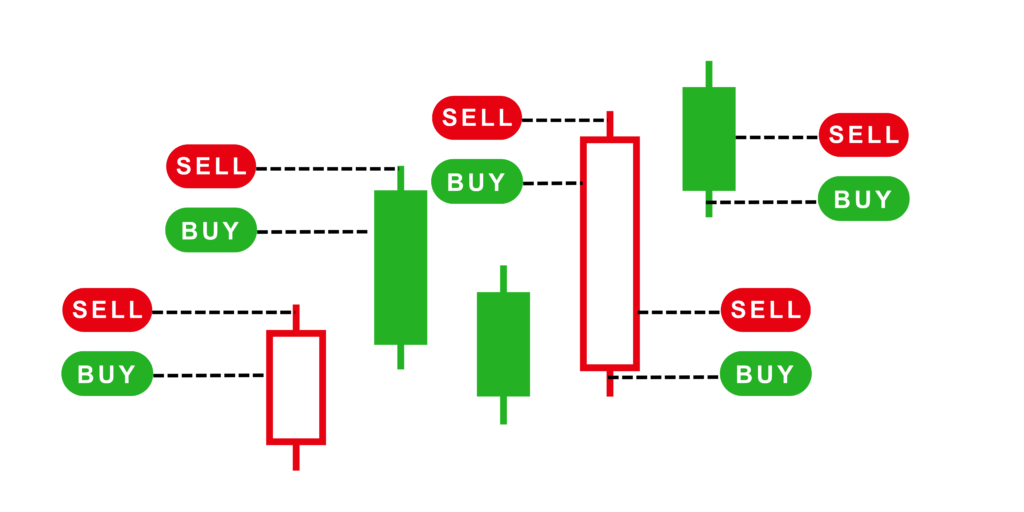Combat Trading
Your Guide to Its Trading Styles Day trading has become a more and more common goal for people who want to be financially independent and free. Exchanging the regions offers the proposal of exceptional yields, however, it likewise incorporates bunches of chance. The theory behind day trading is that a person can warrior trading build wealth by trading only a few hours a day by working in the markets. However, being an effective time trader requires an understanding of the areas, how they change, and how to profit from those changes. This is why it’s so important to understand the various trading strategies used by time traders and choose the ones that work best for you. Warrior Trading has compiled a concise guide to trading styles to assist you in this endeavor.

Warrior Trading focuses on what kind of trading?
Fighter Exchanging is designated on the exchanging models which can be regularly utilized by time merchants. Dissimilar to getting stock to save in your profile as a venture for years, day-exchanging is tied in with getting momentary choices on the market — often for five minutes or even a couple of hours. Day warrior trading involves identifying an inventory that is rising and taking advantage of those activities to profit by selling low and buying high. Warrior Trading provides time traders with a variety of trading models, with an emphasis on scalable strategies—strategies that can be learned and used with a small trading account before being adapted as your account grows in size and your trading success increases.
How is momentum trading explained in Warrior Trading?
The most common and, according to many experts at Player Trading, most successful day trading strategy is traction trading. Momentum trading, like almost every other trading strategy (except brief offering, which we won’t discuss here), requires warrior trading locating an inventory whose price is trending upward—getting minimal and offering high. In particular, momentum warrior trading involves buying and selling shares based on the recent energy of the stock’s price trends (such as the reaction to positive or negative news). It is possible for an inventory to change by 20 to 30 percent during nearly every industry trading time. A great momentum warrior trading strategy may be able to identify price movements with sufficient power to sustain upward movements for an extended period. The momentum trader pounces on any of these treasures and travels the wave until they believe it will end.
How does the stage make sense of scalp exchanging?
Since there is only a small theoretical difference between traction trading and scalping, their extreme similarity causes many to be perplexed. Yet, to the extent that Fighter Exchanging is stressed, by and by — and in execution — there’s a huge difference. In the same way, get the trader to recognize a protection whose price is rising quickly. The significant difference between scalpers and momentum traders is that scalpers seek to capture as much gain as trading possible warrior trading in a single day from an inventory that is moving upward.
As a result, crown traders typically use more conventional price targets. Scalp traders may attempt to identify numerous quick trades a day that may last as little as a few seconds warrior trading or minutes and only trading require a small portion of the upward-moving activity. On the other hand, traction traders aim to profit from as many increases as possible during a trading typical price movement. Additionally, this could imply holding the inventory for anywhere from 30 minutes to several hours.

How can it make sense to swing exchanging?
Warrior Trading explains that swing trading is a little different from momentum and crown trading because the activity and execution take place all within a single day (and possibly just moments, moments, or hours). However, swing trading is a common warrior trading strategy for those looking to implement short-term trading strategies, so it’s important to understand how it works.
A swing industry is when a trader tries to make money from a change in inventory, which can warrior trading happen right away or later.
Swing traders look for shares whose price could rise as a result of a specific event, such as a company’s positive earnings report, the news of a promising new product, or even a geopolitical event that could benefit their business (like the end of a war, the news of new government rules, or the start of a new market).
Also Read : Picuki and Instagram Analytics
For instance, if a pharmaceutical trading company reviews a new medicine that is about to be approved by the warrior trading Food and Drug Administration, that company’s stock could rise significantly.
Traders must read the headlines or recognize a trend that is likely to move an inventory or sector trading to identify a profitable swing industry prospect.
How does Fighter Exchanging make sense of position exchanging?
Typically, position trading is referred to as “buy-and-hold.” Consequently, it is not a day-trading strategy; however, understanding what it is and how it works is important because the fundamental procedure can be utilized in a day-setting. Position is choosing an inventory to keep for a longer period (at most a few days, but it could be months or years). Traders set their position objectives (such as achieving a specific price for a predetermined period) after the inventory has been identified. Position sell their investments when the goal is reached.
Position traders don’t pay much attention to short-term price action or daily gains or losses, unlike momentum traders and scalpers. They behave more like investors warrior trading by holding the stock for a long time and then offering to profit from long-term, frequently significant price fluctuations. It requires a long-term financial commitment.
Warrior Trading suggests understanding all models at a trader’s disposal and developing a strategy that works for you, whether you’re traction trading, scalping, swing trading, or position trading.

Disclosure
Supported content. Examples of warrior trading sponsorship include, but are not limited to: cost for the book’s position, author’s time, and other arrangements.

